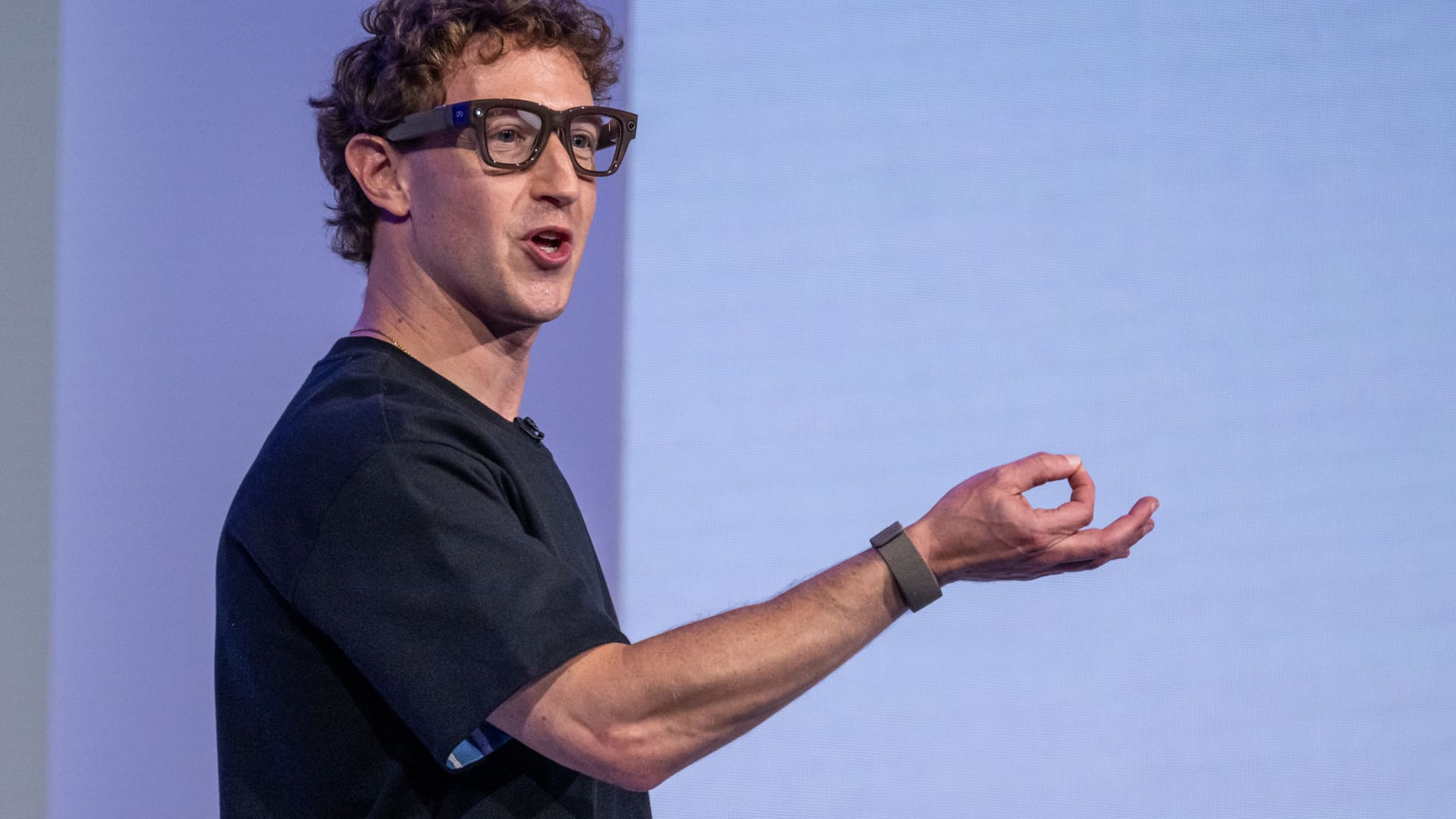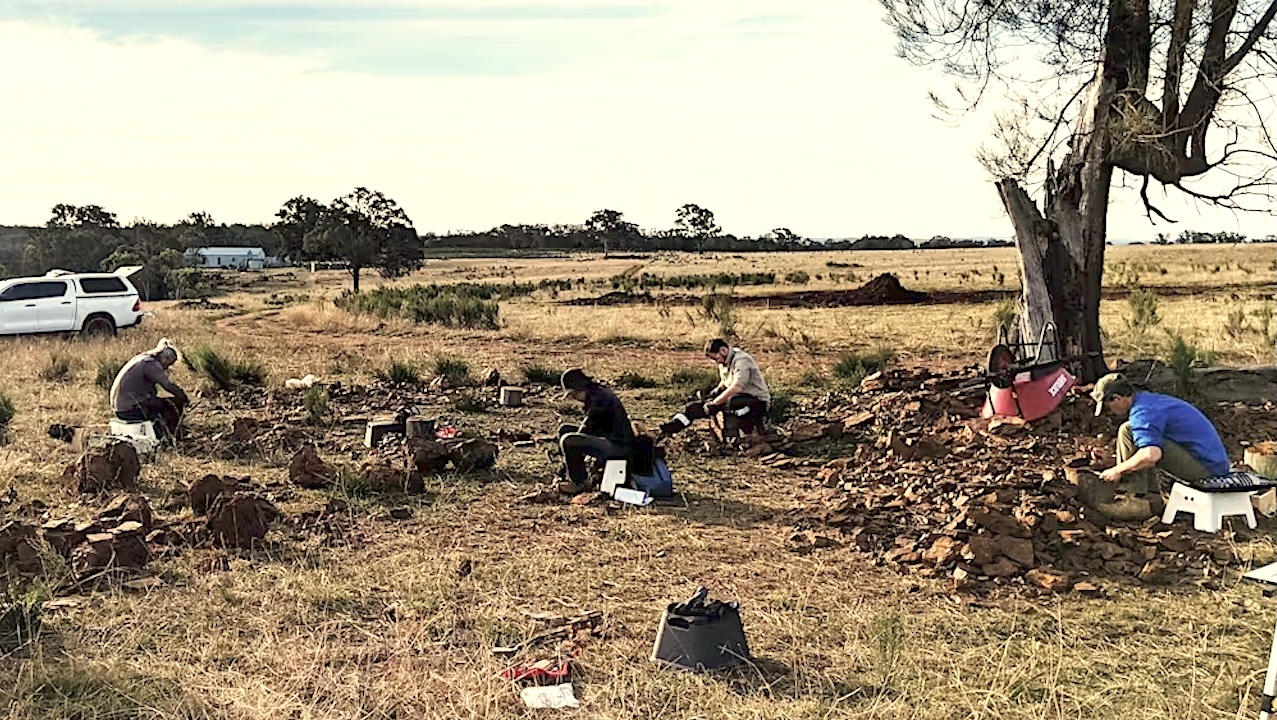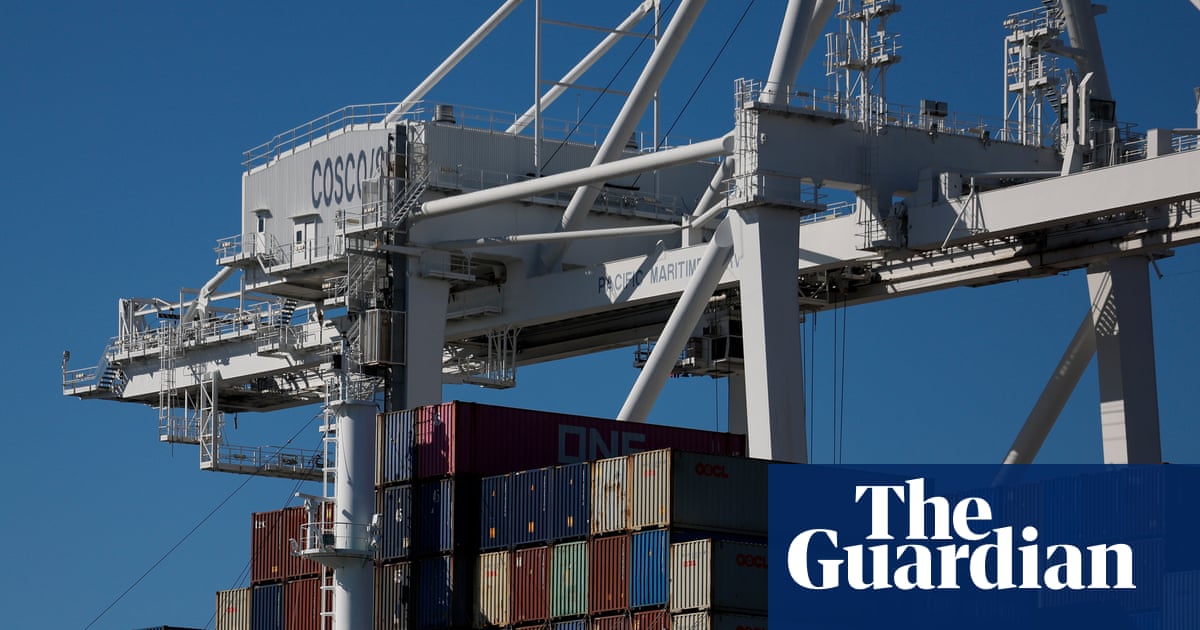Every weekday, the CNBC Investing Club with Jim Cramer releases the Homestretch — an actionable afternoon update, just in time for the last hour of trading on Wall Street. Market update: Stocks are selling off on Wednesday with noticeable profit-taking in technology and AI infrastructure winners. Earnings from GE Vernova and Vertiv didn’t beat high expectations. There’s also a lot of selling in unprofitable, speculative stocks. But not everything is down. Defensive-oriented groups like consumer staples and healthcare are outperforming technology, discretionary, and industrial names. One reason for the market sell-off is renewed concerns about a frosty trade relationship with China after Reuters reported that the Trump administration is considering curbing exports on products made with U.S. software. Meta moves: Facebook and Instagram owner Meta Platforms is laying off roughly 600 employees from its superintelligence lab, CNBC confirmed on Wednesday . These cuts come after it spent most of 2025 luring top AI researchers away from other tech companies like OpenAI and Apple with signing bonuses as high as $100 million. We’ve likened Meta’s aggressive pursuit of top AI talent to the New York Yankees chasing every big free agent, but the Los Angeles Dodgers might actually be the more fitting comparison. The layoff news comes after Meta said it will pause hiring for its AI division and restructure the group into four teams. The company hopes these layoffs will help it make decisions more quickly. The AI arms race is moving incredibly fast, so it sounds like Meta needed to retool its organizational structure to keep pace with the competition. In other news, Meta said it formed a joint venture with Blue Owl Capital to develop and own the Hyperion data center campus in Louisiana. Hyperion is one of Meta’s planned megaclusters that is expected to come online at the beginning of 2028 with the ability to scale up to a capacity of 5 gigawatts. As part of the deal, Blue Owl will own 80% of the joint venture and contribute $7 billion to the project. Meta will own the other 20% and receive a one-time distribution worth $3 billion. This is a unique deal that shifts some of Meta’s AI infrastructure financial risk onto Blue Owl. After Oracle ‘s huge $18 billion bond sale last month, the market has become a little more wary of AI companies loading up on debt to spend on AI. This deal allows Meta to free up capital while continuing to advance its AI ambitions. GE Vernova: GE Vernova shares are having a rough Wednesday despite reporting better-than-expected quarterly results. The stock traded as low as $532, good for a decline of about 9%, but cut its losses in half since then. One new development that wasn’t in the earnings release or conference call that is worth highlighting is the reporting by CNBC’s Seema Mody: GE Vernova CEO Scott Strazik spoke to Mody in a phone interview, and he had some very interesting things to say about OpenAI’s CEO Sam Altman. “I met with Sam multiple times over the past few weeks. It is a relationship that continues to evolve,” Strazik said to CNBC. “I’ve been with his team over the last 72 hours. Clearly, OpenAI is a critical piece of this growth trajectory with a lot of ambition.” Ever since OpenAI struck deals with Nvidia , AMD , and later Broadcom to secure access to AI compute power, we’ve been wondering out loud if OpenAI would turn next to electricity power suppliers like GE Vernova for its power equipment and electrification products. This was the precise reason why we added to our GEV position earlier this month, although we would have gotten a better price with a little more patience. We have no way of knowing if OpenAI will make a deal like it did with the chipmakers, but the new reporting indicates that discussions are taking place behind the scenes, just as we anticipated. Up next: Tesla , IBM , SAP , Lam Research , and Las Vegas Sands report after the closing bell on Wednesday. Before the opening bell on Thursday, we’ll see earnings from club names Honeywell and Dover , as well as American Airlines , Freeport-McMoRan , Dow Inc , Hasbro , T-Mobile , Blackstone , and PG & E . (See here for a full list of the stocks in Jim Cramer’s Charitable Trust.) As a subscriber to the CNBC Investing Club with Jim Cramer, you will receive a trade alert before Jim makes a trade. Jim waits 45 minutes after sending a trade alert before buying or selling a stock in his charitable trust’s portfolio. If Jim has talked about a stock on CNBC TV, he waits 72 hours after issuing the trade alert before executing the trade. THE ABOVE INVESTING CLUB INFORMATION IS SUBJECT TO OUR TERMS AND CONDITIONS AND PRIVACY POLICY , TOGETHER WITH OUR DISCLAIMER . NO FIDUCIARY OBLIGATION OR DUTY EXISTS, OR IS CREATED, BY VIRTUE OF YOUR RECEIPT OF ANY INFORMATION PROVIDED IN CONNECTION WITH THE INVESTING CLUB. NO SPECIFIC OUTCOME OR PROFIT IS GUARANTEED.
AP The most widely used COVID-19 vaccines may offer a surprise benefit for some cancer patients – revving up their immune systems to help fight tumors.
People with advanced lung or skin cancer…







